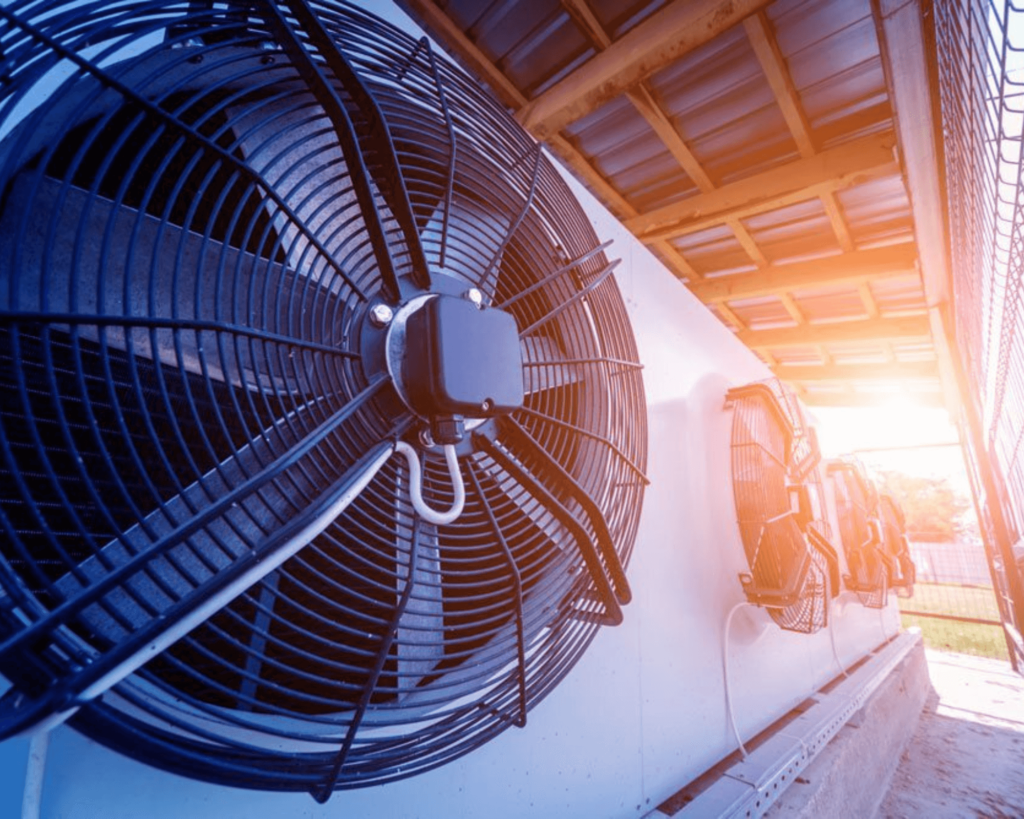4 Tips For Preparing Your HVAC System in The Winter And Summer
Nobody wants to find their HVAC isn’t working when the temperature changes and they need to heat or cool the home. The home is supposed to be a person’s sanctuary, and it won’t be if the HVAC system isn’t operating correctly. Prepare the system for the seasonal changes, and this won’t be a concern. In addition to working correctly, the system will use less energy, lowering bills.
Seasonal Demands
Summers are hot and humid in Missouri. Temperatures may reach the upper 90s or low 100s, and rainfall is to be expected. People can expect temperatures between 30 and 50 degrees Fahrenheit when winter arrives. The HVAC system must be ready to cool the home on hot days and warm it on cold nights. Temperature extremes can strain HVAC systems, so what is important to know about your HVAC system is maintenance is crucial. This maintenance prevents breakdowns and ensures the system works optimally.
Summer Preparations
Before hot weather arrives, clean or replace the air filters in the HVAC system. The filters help improve air quality in the home while increasing the system’s efficiency. They remove allergens that can make humans ill. These allergens, however, can clog the filter and reduce airflow, requiring the system to work harder to cool the home. Cleaning or replacing the filters ensures allergens are trapped so they don’t spread throughout the house, and airflow is optimal, so the system won’t need to work as hard.
Check the refrigerant level. If it is low, have a technician recharge the unit. Low refrigerant makes it hard for the system to cool the home. The system will run longer, leading to higher energy bills. In addition to recharging the unit, the technician will look for and fix any leaks, allowing the refrigerant to escape. They will inspect the system to identify any areas of concern and address them before they escalate. Regularly check the condenser coils during the summer. Dirt and leaves can enter the coils and reduce system efficiency. Removing them will make it easier for the system to cool the home.
Winter Preparations
As winter approaches, insulate and seal the home to prevent the loss of treated air. Nobody wants to heat the outdoors when the temperature drops and adequate insulation reduces the risk of this happening. Seal gaps around doors and windows also to reduce heat loss. The home will remain warm without straining the HVAC system.
Examine the furnace for signs of wear and tear. If any problems are seen, call a technician to have them corrected. Confirm the burner is clean, the system isn’t making unusual noises, and the pilot light remains blue. Other colors indicate there is a problem with the combustion system. Clean or replace the filter, and install a programmable thermostat. This thermostat allows the owner to customize the heating schedule for the home while reducing energy usage. HVAC settings change can be changed remotely when this type of thermostat is used.
Regular Inspections
Regular HVAC inspections are required to keep the system running correctly. Have a technician inspect the system twice a year to catch problems early and rectify them before they become expensive repairs. When the technician visits the home for this inspection, ask about ways to save money on heating and cooling the house.
They can advise on optimizing the system’s performance and lowering energy costs. They may also recommend a new system, as modern systems have advanced significantly in recent years. Upgrading to a new unit can save money. With the help of a trained professional, every person can keep their home comfortable year-round.
Read More: The Challenges of Starting a Career in Project Management

